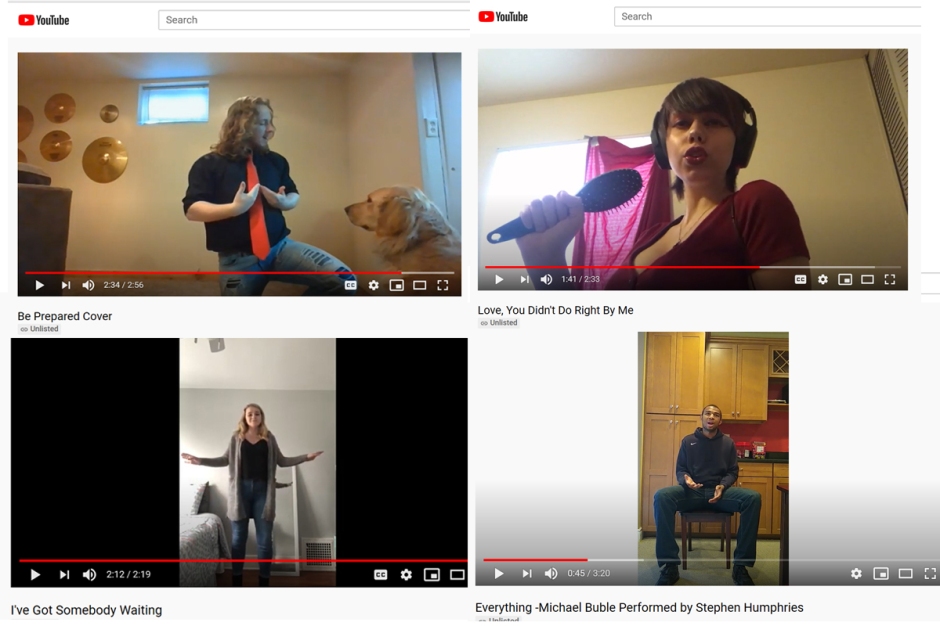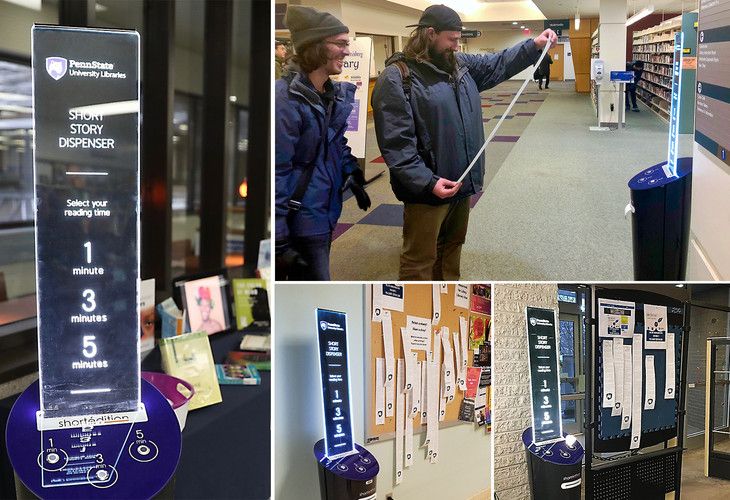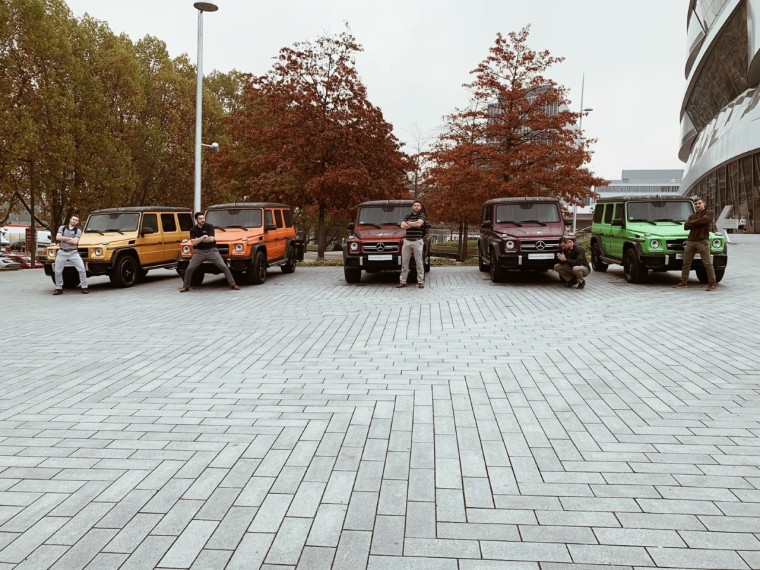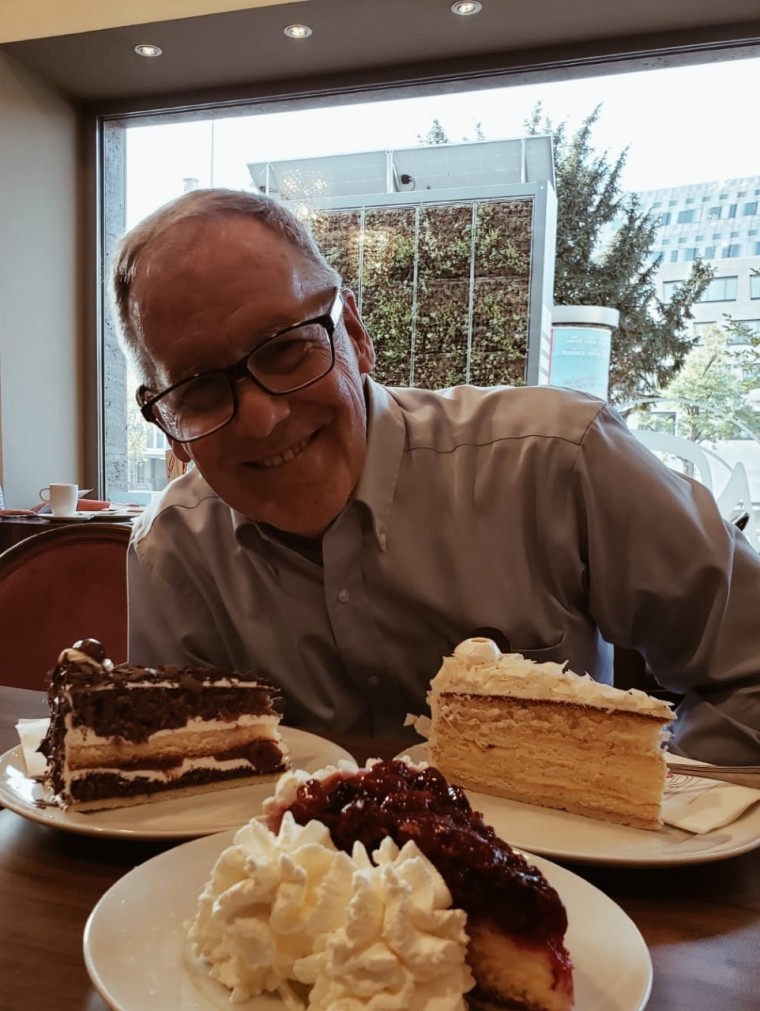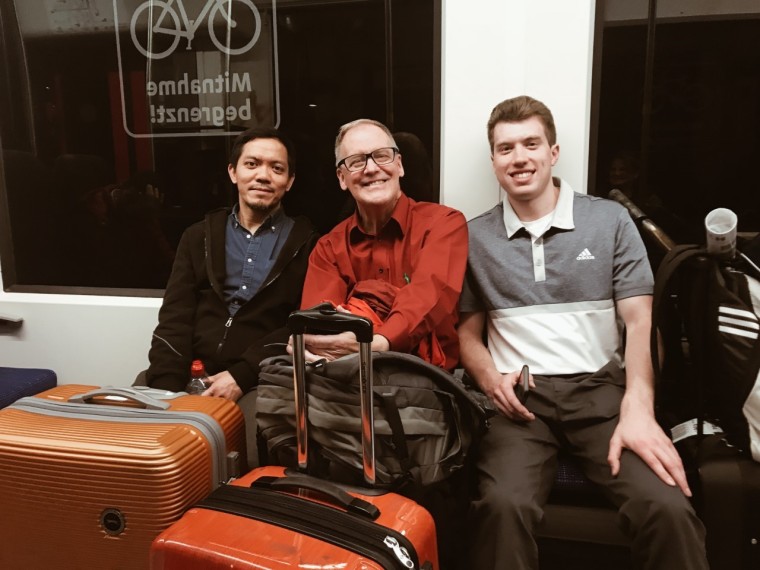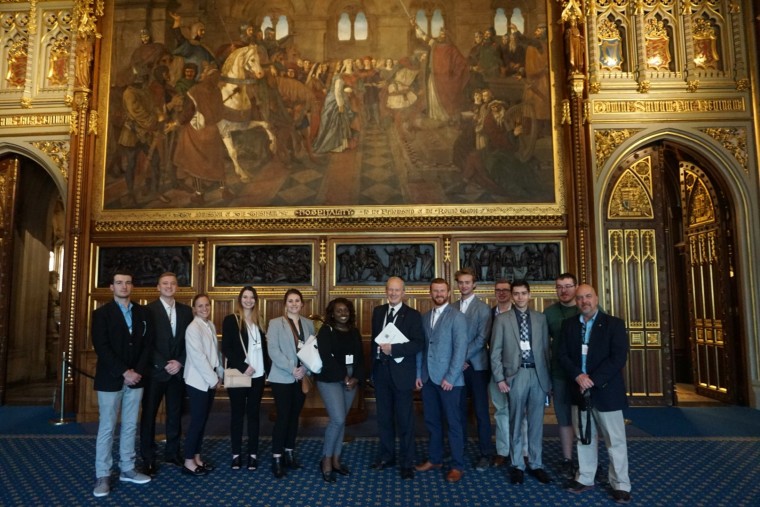Biology alumni, students share their experiences on the frontlines
By Heather Cass,
Publications Manger, Penn State Behrend
For several Penn State Behrend biology students and recent graduates, the COVID-19 pandemic has been a baptism by fire—calling on them to put their new skills to use helping to prevent the spread of the coronavirus and caring for those who have it.
We talked with some of those students and graduates to find out what it’s like working in health care during the pandemic.
Rachel Adams ’19 is a volunteer emergency medical technician (EMT) at Dobler Hose in Girard, Pa.
Jessie Kibbe ’20 is a new graduate. She earned a degree in Biology in May and works as a Certified Nurse Assistant (CNA) at an Erie senior living facility.

Ellen Jaskiewicz ’19
Ellen Jaskiewicz ’19 is an EMT at EmergyCare and also a volunteer EMT for Brookside Fire Company in Harborcreek, Pa.
Rachel Sinnott ’19 is a patient care technician at UPMC Hamot Hospital in Erie and a volunteer EMT with the Brookside Fire Company in Harborcreek.

James Zillman, junior Biology major
James Zillman is a junior majoring in Biology in the Pre-Health option. He is an emergency room technician at UPMC Hamot and a COVID-19 specimen collector at the UPMC collection center in Erie.
How has the COVID-19 pandemic affected how you do your work?
Jaskiewicz: The worst part now is having to wear a surgical mask all the time. It’s very difficult for our patients, who are often elderly, to hear us and nearly impossible to get a full assessment done enroute to the hospital. We all take precautions with every patient, of course, but EmergyCare now has designated COVID crews who are trained to transport patients who are positive for the virus.
Zillman: When I first started at the emergency room, it was fast-paced every single day with a lot of patients, and although there are still individuals in cardiac arrest or suffering traumas coming in, the ER has actually slowed down a lot. We are, however, ready to assist and we all have proper PPE (personal protective equipment) and follow the proper guidelines for limiting exposure.
Sinnott: I’ve always been very conscientious about wearing appropriate PPE for the situation I’m in, but I think more carefully about what I bring in and out of work. I no longer bring my purse or a reusable water bottle, and I’m more aware of things I touch regularly like my cell phone, door handles, elevator buttons, and such.
Many remain untouched by this virus. It is certainly a different experience for you. What’s it like being on the front lines?
Jaskiewicz: Our call volume is significantly lower than normal, which is good because it means that people are understanding the importance of staying home. I worry, though, that some people may be too afraid to go to the hospital for treatment now (for fear of the virus), but they should know that health care facilities are following all protocols to keep them safe, and that includes in ambulances.
Kibbe: Before the pandemic hit, it was already a bad year for influenza and pneumonia, which we have to be very careful about in senior facilities. The care center I work in was already taking significant measures to guard against spread of the flu, so the quarantine orders were something we were used to. One of the hardest things has actually been the constantly changing policies and protocols since the pandemic. Some of this is inevitable, as it’s based on new information about the virus and PPE supply availability. Despite the changes for us, we try hard to maintain a normal and optimistic atmosphere to avoid worrying our residents.
Zillman: I truly enjoy my job and helping others, but I do worry about my three-year-old brother who has respiratory issues. I try to limit my exposure to him, and I make sure to wear protective gear around every patient I encounter, whether they are suspected of having COVID-19 or not.
Sinnott: I find myself spending a lot more of my workday trying to keep patients company since they are no longer allowed to have visitors. I try to spend a little extra time talking to them, asking what they are watching on TV or looking at pictures of their family so that they feel more comfortable and have someone to talk to.
What drove home the seriousness of the situation for you?
Adams: In mid-March, I was on wheelchair transport and encountered my first severely at-risk patient. He was a recent organ transplant on immunosuppressants. As I helped transport him home, he told me how frightened he was about contracting COVID-19 because he did not think he would survive it. I cried all the way back to my post. I think about him a lot. I hope he is doing well.
Jaskiewicz: I transported an older gentleman who had spent 90 days in a hospital and then a rehab and was going to a nursing home where visitors are now restricted. He told me he had to say goodbye to his wife for a full two weeks, and they had spent every night together for the past forty years. It was beyond heartbreaking.
Kibbe: When some of the nursing staff gathered early on to discuss the ‘what ifs’ and make plans in case the virus hit our facility, it was sobering and forced me to confront and accept uncertainty.
Zillman: I was at the COVID-19 collection center, swabbing a patient who told me that we were all heroes and that he appreciated us. I understand that there is always risk when you’re on the front lines, but for some reason, his calling us heroes made me realize how serious the pandemic is.
Sinnott: The first week we restricted visitors was really tough. I had a young patient who had a major setback and another who refused surgery because she did not want to go through it alone. Later that week, I had a patient who was receiving end-of-life care and could not have his family there to be with him. It’s scary enough to be sick and in the hospital, but it’s even more frightening for patients when they are not able to have their families with them.
The pandemic is a scary situation to be thrown into as a young professional. How have you dealt with it?
Kibbe: I have not felt frightened. Concerned, sure, but not scared because I have faith in modern medicine and I know that we will find a way to combat the virus. I’ve worked as a CNA for three years, and though the uncertainty of this virus is disconcerting, I’m confident in my training and skills. When someone needs help, your training kicks in and you just do your job.
What’s giving you hope right now?
Kibbe: The people I work alongside. There’s no way for me to fully describe the measure of their compassion and dedication they give to our residents. In my three years here, I’ve seen firsthand the selflessness, sacrifice, and sense of responsibility they have, and that has only been amplified by the pandemic.
Jaskiewicz: Honestly, the free food. It’s nice to be appreciated as a health care employee.
Zillman: First, the people I work with; everyone has such a positive attitude. Also, how the public has responded to health care workers, cheering them on and thanking them. It’s gratifying and motivating.
Sinnott: My coworkers inspire me every day. They’re continuing to risk their own health to help others and they go above and beyond to put patients at ease.
Has this experience confirmed or helped focus your career choice?
Kibbe: I’m planning to attend physician assistant school and this pandemic has without question confirmed my choice to advance in my medical career.
Zillman: I’m planning to apply to medical school in June, and I could not be more motivated to become an ER doctor. I’ve spent more than 100 hours shadowing physicians in the ER before I began working there, and it has confirmed that I’m on the right path.
Sinnott: It has absolutely confirmed my career choice. While this is a challenging time to work in health care, it is also incredibly rewarding.
Parting words for those not on the front lines?
Jaskiewicz: Please do what is asked of you. Wear a mask, stay at home, limit contact with others. I realize it’s an inconvenience and may be financially detrimental to some, but your actions can and will affect others. You don’t see the look on the family’s faces when we transport their mother who is in cardiac arrest and they cannot follow us to be with her at the hospital. You don’t see the patients dying alone, unable to have the comfort of a loved one during their last moments. Honestly, I’d rather wear a mask for the rest of my life than let one patient suffer alone.





